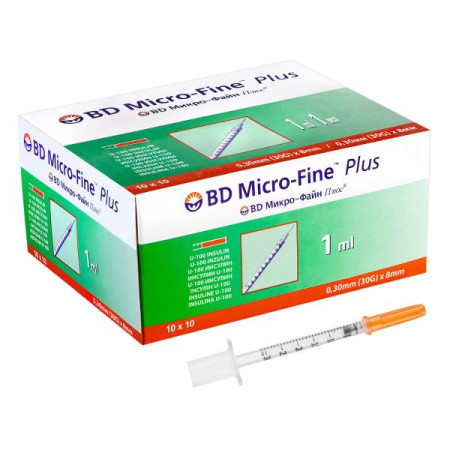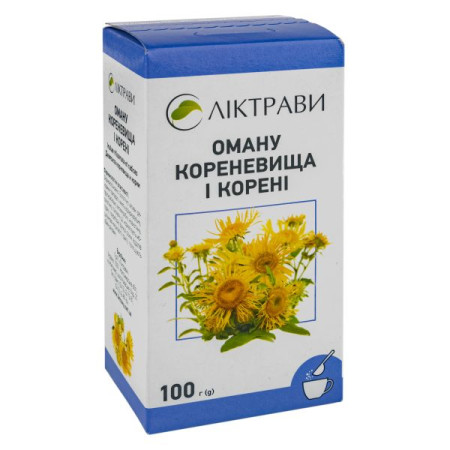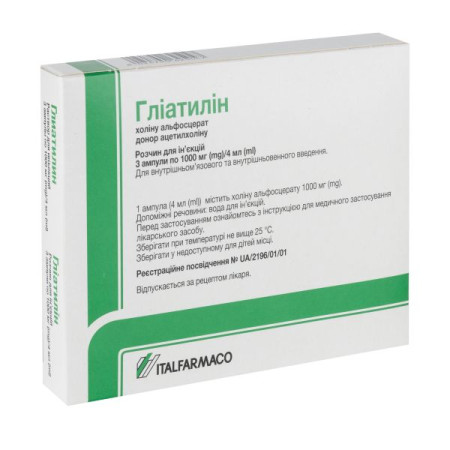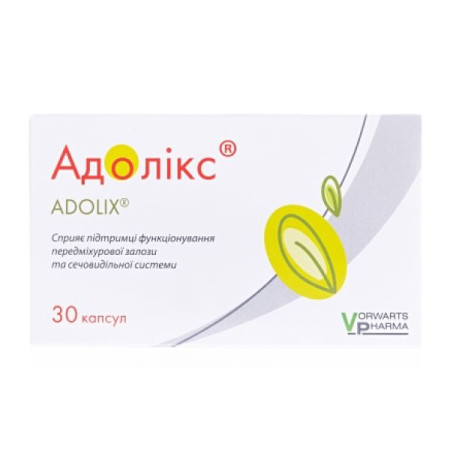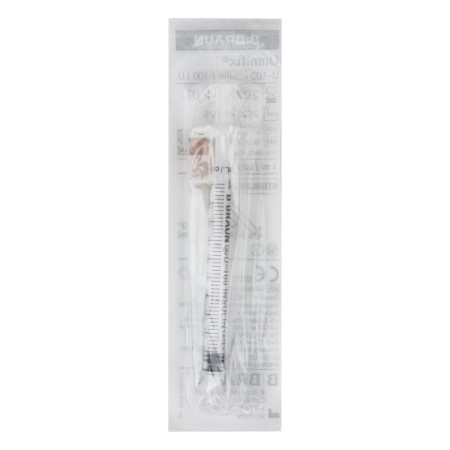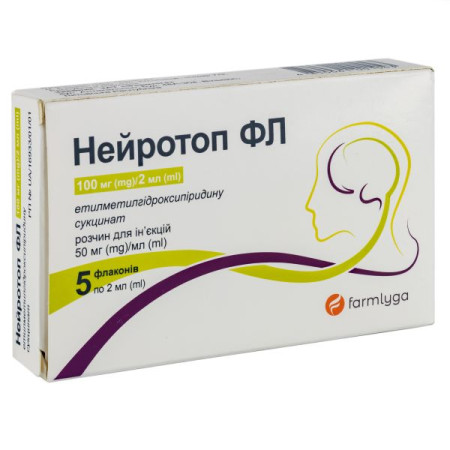Rosamet cream for external use 1% tube 25 g

Instructions for use Rosamet cream for external use 1% tube 25 g
Composition
active ingredient: metronidazole;
1 g of cream contains 10 mg of metronidazole;
Excipients: methylparaben (methyl parahydroxybenzoate) (E218), propylparaben (propyl parahydroxybenzoate) (E216), glycerin, mineral oil, anionic emulsified wax, propylene glycol, purified water.
Dosage form
Cream.
Main physicochemical properties: homogeneous white cream.
Pharmacotherapeutic group
Chemotherapeutic agents for topical use.
ATX code D06B X01.
Pharmacological properties
Pharmacodynamics
The active ingredient of the drug - metronidazole - is a synthetic (derivative substance)
5-nitroimidazole) is an antiprotozoal and antibacterial agent. Its mechanism of action is the biochemical reduction of the 5-nitro group of metronidazole by intracellular transport proteins of anaerobic microorganisms and protozoa. The reduced 5-nitro group of metronidazole interacts with the DNA of microorganisms, inhibiting its synthesis, which leads to the death of microorganisms. It is believed that the products formed in this way are responsible for the antimicrobial and cytostatic effects of the drug, since they damage DNA and inhibit the synthesis of nucleic acids. Metronidazole is equally effective in both dividing and stable cells. The anti-inflammatory and immunosuppressive effects of metronidazole have been proven in in vitro and in vivo studies. It is believed that through the above mechanism of action, the drug leads to a reduction in inflammatory lesions (papules and pustules) and erythema in patients with rosacea. The topical antibacterial effect of metronidazole is not considered significant in the treatment of rosacea and rosacea-like dermatitis.
The use of metronidazole at a concentration of 1% twice daily for 30 days does not lead to changes in aerobic or anaerobic skin or fecal microflora.
Pharmacokinetics
The metabolism and excretion of metronidazole after topical application have not been determined. Systemically absorbed metronidazole is metabolized in the liver and excreted by the kidneys.
Indication
Topical treatment of inflammatory papules and pustules in rosacea and acne vulgaris, rosacea-like steroid dermatitis.
Contraindication
Metronidazole is contraindicated in patients with hypersensitivity to the drug, to imidazole derivatives, parabens and similar compounds, or to any other components of the drug.
Interaction with other medicinal products and other types of interactions
When applied topically at recommended doses, no systemic interactions of the cream with other drugs have been identified, however, caution should be exercised when prescribing Rozamet® cream with certain drugs.
Warfarin and other coumarin anticoagulants: Metronidazole administered orally is known to potentiate the anticoagulant effect, resulting in a prolongation of prothrombin time.
Phenobarbital. It has been established that when used simultaneously with metronidazole, administered orally, the antimicrobial activity of the latter decreases. The reason is the accelerated metabolism of metronidazole.
Disulfiram. Simultaneous oral administration enhances the toxicity of the drugs, which may lead to the development of neurological symptoms.
Cimetidine: Inhibits the metabolism of orally administered metronidazole, which may lead to increased serum concentrations of metronidazole.
During systemic therapy with metronidazole, it is necessary to refrain from drinking alcohol, as a disulfiram-like reaction is possible.
Application features
The drug is intended for external use only. Contact with mucous membranes and eyes should be avoided, as the drug may cause irritation. If the cream gets into the eyes, it is necessary to immediately rinse them with plenty of water. The cream should not be applied to areas close to the eyes. The affected area should be cleaned before applying Rosamet ® cream. After applying the drug, cosmetics can be used.
When applied to a large surface of the skin or with prolonged use of the cream, there is a possibility of developing systemic side effects.
The drug should be administered with caution to patients with impaired hematopoietic function.
Topical metronidazole is ineffective for treating telangiectasia seen in acne vulgaris.
Propyl parahydroxybenzoate (E 216) and methyl parahydroxybenzoate (E 218), which are part of the preparation, may cause an allergic reaction (possibly delayed); very rarely, contact dermatitis is possible. Propylene glycol, which is part of the preparation, may also cause skin reactions.
When using the drug, UV radiation (sunbathing, solarium, UV lamps) should be avoided.
Use during pregnancy or breastfeeding
When used internally, metronidazole penetrates the placental barrier into breast milk in quite significant concentrations. Despite the fact that in the case of topical application, the concentration of metronidazole in the blood is low, Rosamet® cream is contraindicated in the first trimester of pregnancy, and in the second and third trimesters it can be used only in case of extreme need.
Breastfeeding should be discontinued during treatment with the drug.
Ability to influence reaction speed when driving vehicles or other mechanisms
The use of the drug in the specified dose does not affect the reaction speed when driving vehicles or working with potentially dangerous mechanisms.
Method of administration and doses
The drug is intended for external use only!
Apply a thin layer of the cream to the skin previously cleansed with warm water or a mild detergent and rub in lightly. It is recommended to take a break of 15–20 minutes between cleansing the skin and applying the cream. Apply twice a day (morning and evening). The average duration of treatment is 3–4 months. The therapeutic effect is observed after 3 weeks of treatment.
Children
Do not use on children.
Overdose
Cases of overdose with topical application are unknown. When applied topically, metronidazole is adsorbed in insignificant amounts, which does not have a systemic effect.
Side effects
Usually, undesirable reactions associated with the topical use of metronidazole are observed infrequently and in a mild form. The most common side effects are allergic reactions and manifestations of hypersensitivity, including skin rashes, itching, urticaria, local skin irritations characterized by temporary redness, a feeling of dryness, burning, tingling and signs of irritation, local increase in skin temperature. Application of the cream to the eye area may cause tearing.
At the beginning of treatment, a temporary increase in rosacea symptoms is possible, therefore, the assessment of local reactions caused by metronidazole may be difficult due to the fact that many of the above symptoms are also typical of rosacea.
Systemic side effects of metronidazole are unlikely because the concentrations achieved as a result of topical application are very low.
Possible adverse reactions from the nervous system: hypoesthesia, paresthesia, dysgeusia (metallic taste in the mouth).
Others: nausea, disulfiram-like symptoms.
Propyl parahydroxybenzoate (E 216) and methyl parahydroxybenzoate (E 218), which are part of the preparation, may cause an allergic reaction (possibly delayed); very rarely, contact dermatitis is possible. Propylene glycol, which is part of the preparation, may also cause skin reactions.
Expiration date
2 years.
Storage conditions
Store out of the reach of children at a temperature not exceeding 25 °C.
Packaging
25 g of cream in a tube; 1 tube in a cardboard box.
Vacation category
According to the recipe.
Producer
Jadran-Galenski Laboratorij dd/ Jadran-Galenski Laboratorij dd
Address
Svilno 20, 51000 Rijeka, Croatia.
There are no reviews for this product.
There are no reviews for this product, be the first to leave your review.
No questions about this product, be the first and ask your question.









